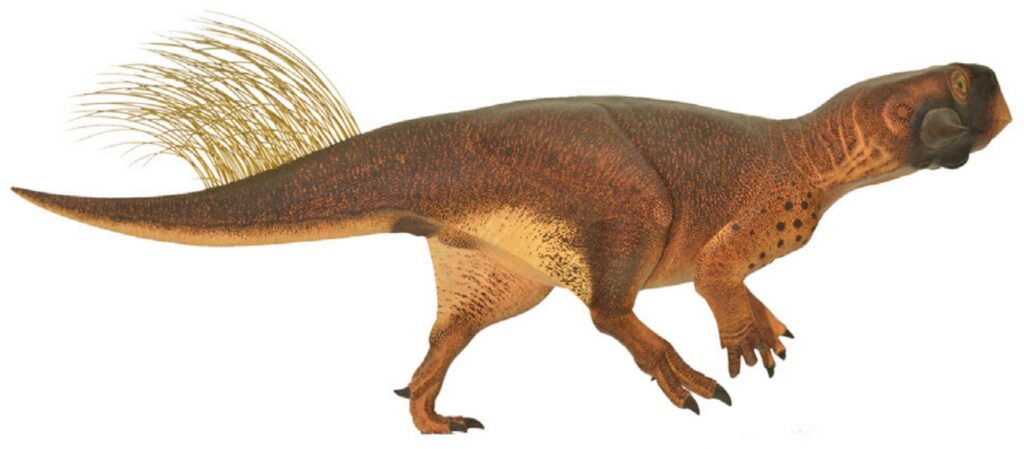Imagine walking through the subtropical forests of ancient Alberta, where towering horned giants roamed beneath humid skies. This isn’t science fiction. Approximately seventy-eight million years ago, when dinosaurs ruled the earth, a remarkable creature called Xenoceratops foremostensis stomped across what we now know as Canada.
You might think you know all about horned dinosaurs, especially the famous Triceratops. Yet Xenoceratops tells a story that reaches much further back in time, offering us a window into the earliest chapter of horned dinosaur evolution in North America. The discovery of this prehistoric marvel has rewritten our understanding of when these magnificent beasts first appeared on the continent.
A Discovery Decades in the Making
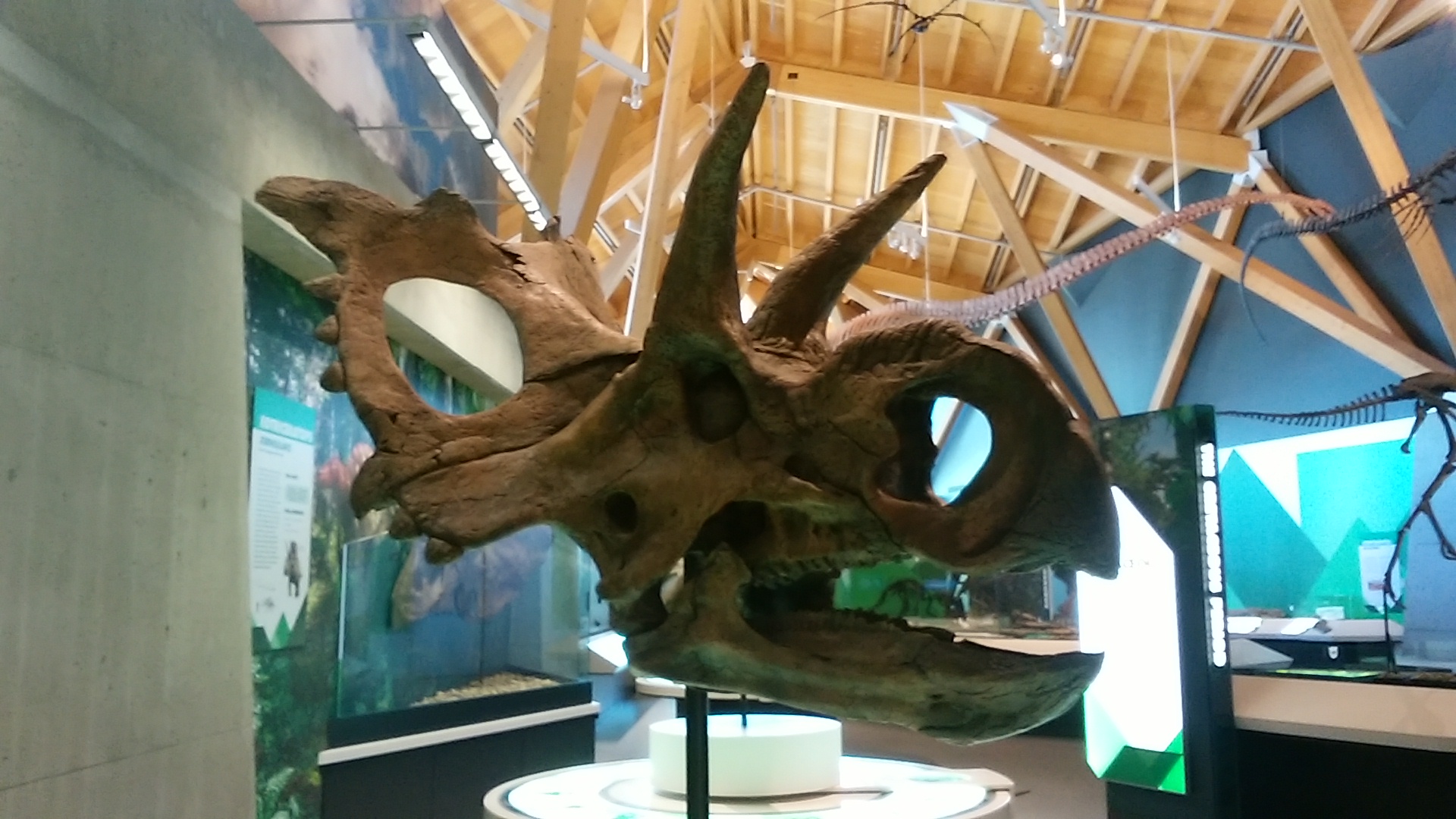
You’ll find it fascinating that Xenoceratops foremostensis was identified from fossils originally collected in 1958. These specimens were excavated by Wann Langston Jr. from the Foremost Formation near Foremost, Alberta. For over fifty years, these precious fossils sat quietly in storage at the Canadian Museum of Nature in Ottawa, waiting for their moment of recognition.
The breakthrough came when paleontologists Dr. Michael Ryan and Dr. David Evans stumbled upon the undescribed material more than a decade ago and recognized the bones as a new type of horned dinosaur. Evans later discovered a fifty-year-old plaster field jacket at the Canadian Museum of Nature containing more skull bones from the same fossil locality. The researchers had to piece together fragments from at least three individuals to complete their remarkable discovery.
An Ancient Giant Takes Shape

This newly identified plant-eating dinosaur was approximately twenty feet long and weighed more than two tons. Picture an animal roughly the size of a modern African elephant, but covered in elaborate spikes and horns instead of thick gray skin. Xenoceratops had a parrot-like beak with two long brow horns above its eyes, while a large frill protruded from the back of its skull featuring two huge spikes.
You can distinguish Xenoceratops from other ceratopsids by details of the frill’s bony ornamentation. The two bony projections closest to the midline of the frill are thick knobs, oriented toward the midline, with each knob accompanied by a single long flattened straight spike pointing laterally and to the rear. This unique arrangement of horns earned the dinosaur its name.
The Meaning Behind the Name
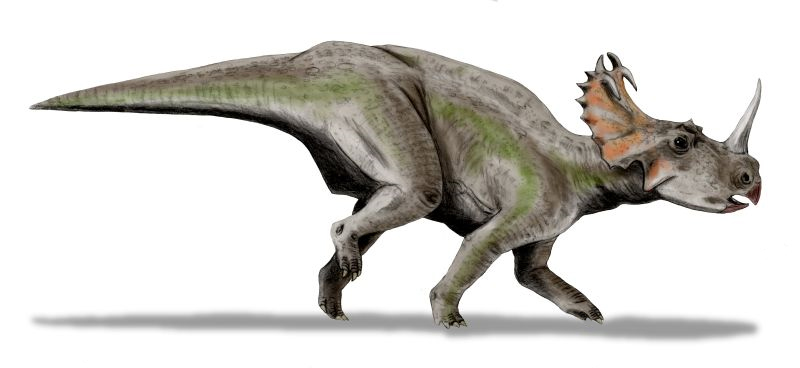
Xenoceratops means “alien horned-face,” referring to the strange pattern of horns on its head and the scarcity of horned dinosaur fossils from this part of the fossil record. The second part of its name, foremostensis, pays tribute to the Village of Foremost, located close to where the dinosaur was discovered.
When you consider the bizarre arrangement of spikes and horns on this creature, the name becomes even more fitting. As paleontologist Michael Ryan explained, “As soon as I saw them, I recognized it as being different from every other horned dinosaur”. This distinctiveness made Xenoceratops stand out even among its already impressive relatives.
A Record-Breaking Age

Xenoceratops represents the oldest known large-bodied, horned dinosaur ever found in Canada, making it the oldest ceratopsid ever discovered in the country. The Foremost Formation, where fossils of this dinosaur were found, has an estimated age of seventy-eight million years, placing Xenoceratops in Alberta during the Late Cretaceous period. This makes it about half a million years older than Albertaceratops, which was discovered in 2007.
You might wonder why this age difference matters so much to scientists. The answer lies in understanding evolutionary development. The dinosaur is older than any of the other members of its family, which is why its discovery is quite significant, as it gives important insight into the evolution of this family of dinosaurs.
Life in Prehistoric Alberta
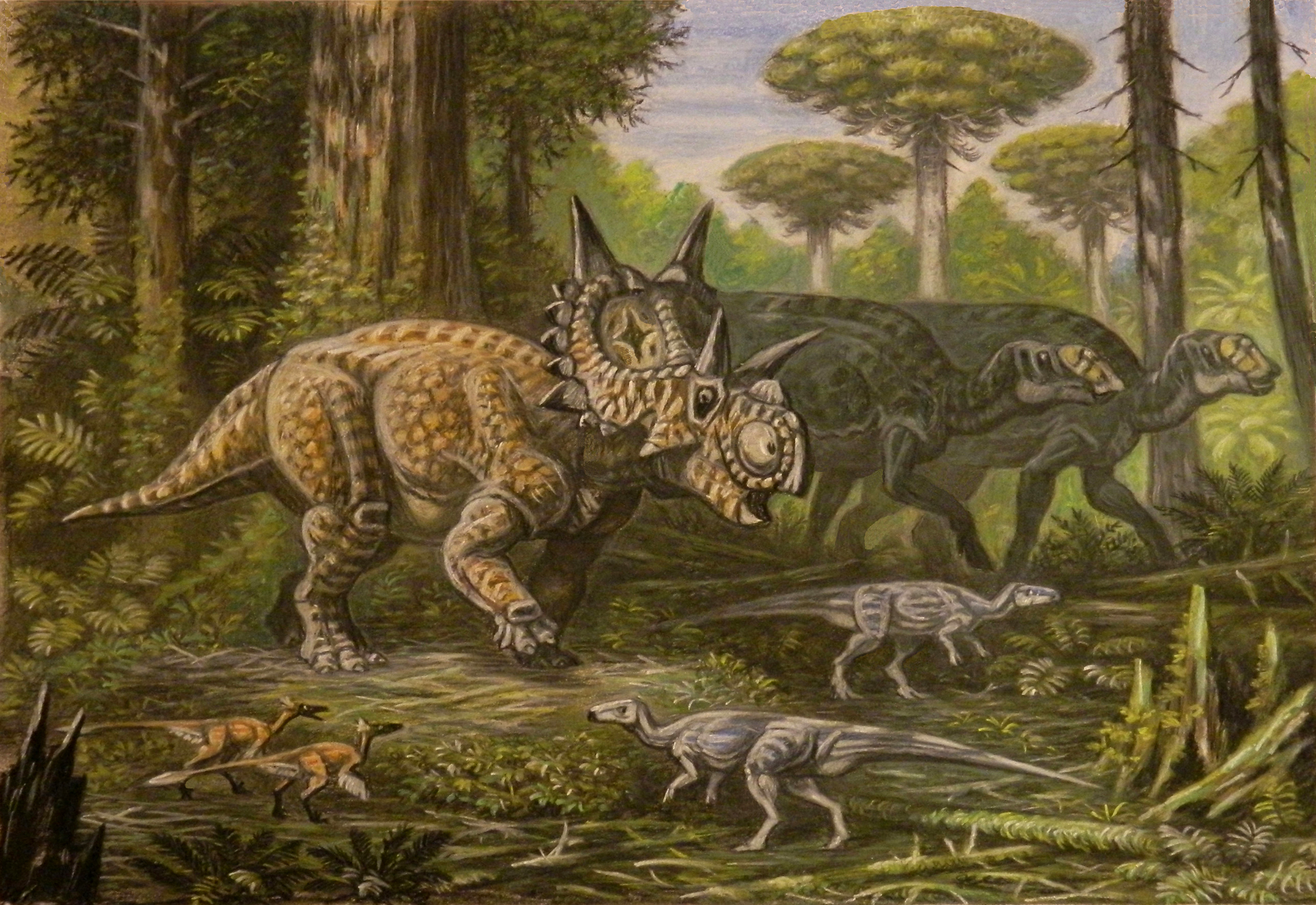
While Alberta is now a cold province in Canada, it was completely different during the Cretaceous Period when this dinosaur lived there. It was a subtropical region with rainy days and dry spells with no rain. In the late Cretaceous period, they all would have known a very different Alberta from the current, cool Canadian province. In the then subtropical region, there were probably wet and dry periods, but there would never have been snow or frost.
The Xenoceratops lived alongside predaceous dinosaur fossils, including relatives of the Tyrannosaurus rex, the duck-billed dinosaurs, and club-tailed ankylosaurs. Yet despite sharing its habitat with fearsome predators, this massive herbivore held its own. Given the massive size of this dinosaur and the formidable horns on its head, the carnivorous dinosaurs that shared the same habitats with it were probably not a major threat.
The Foremost Formation’s Hidden Treasures
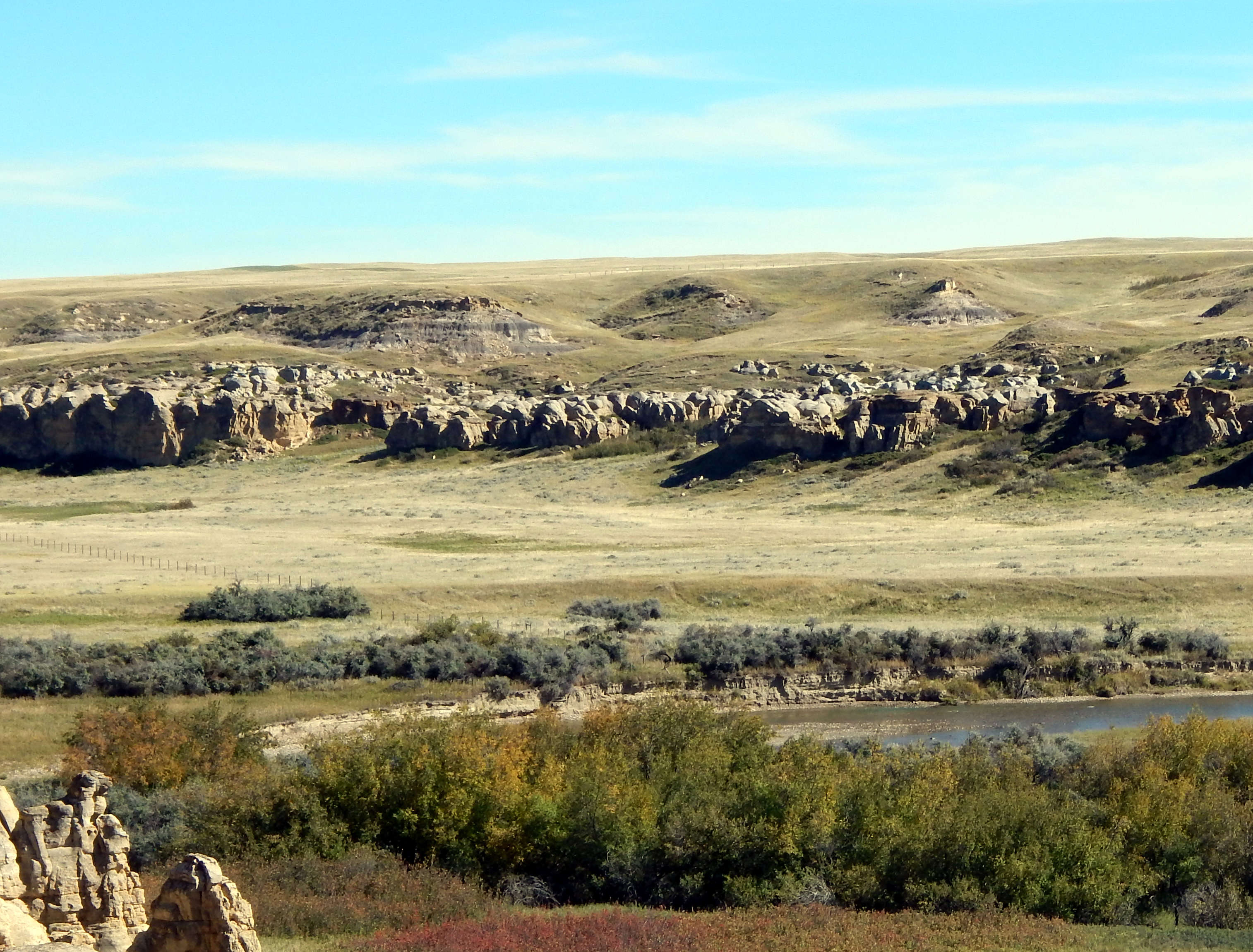
The Foremost Formation is a stratigraphic unit of Late Cretaceous (Campanian) age that underlies much of southern Alberta, Canada. It was named for outcrops in Chin Coulee near the town of Foremost and is known primarily for its dinosaur remains and other fossils. This geological formation has proven to be a paleontological goldmine, though it hasn’t received as much attention as other dinosaur-bearing rocks in Alberta.
The Foremost Formation has produced a lower diversity of documented dinosaurs than other Late Cretaceous units in the region unlike the Dinosaur Park Formation, Horseshoe Canyon Formation, and Scollard Formation. This is primarily due to their lower total fossil quantity and neglect from collectors who are hindered by the isolation and scarcity of well-exposed outcrops. Xenoceratops is also the first ceratopsian described from the Foremost Formation, making its discovery even more significant.
Evolutionary Significance
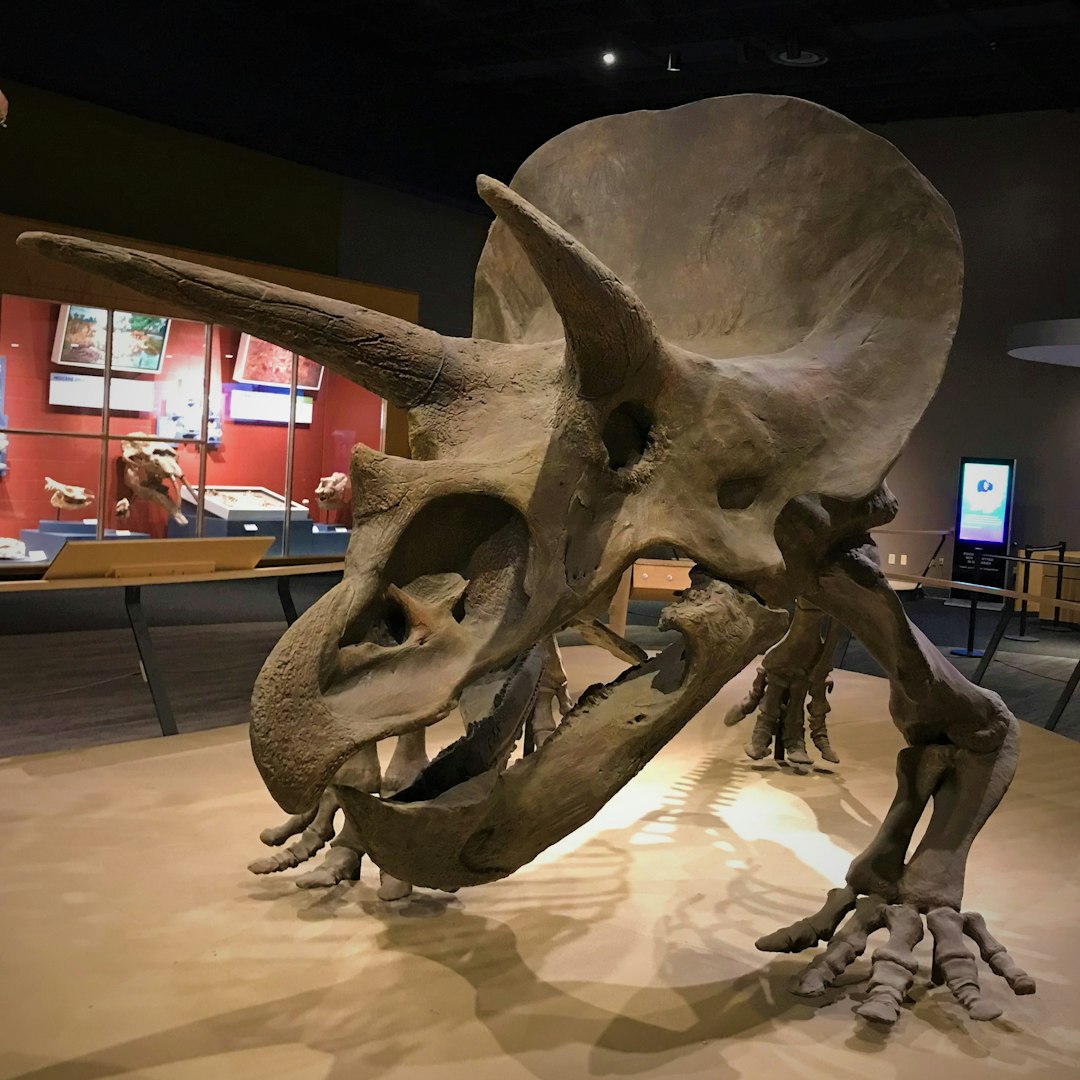
Starting eighty million years ago, the large-bodied horned dinosaurs in North America underwent an evolutionary explosion. Xenoceratops shows us that even the geologically oldest ceratopsids had massive spikes on their head shields and that their cranial ornamentation would only become more elaborate as new species evolved. This finding challenges previous assumptions about how these distinctive features developed over time.
Xenoceratops provides new information on the early evolution of ceratopsids, the group of large-bodied horned dinosaurs that includes Triceratops. The early fossil record of ceratopsids remains scant, and this discovery highlights just how much more there is to learn about the origin of this diverse group. You can think of Xenoceratops as a missing piece in the puzzle of horned dinosaur evolution.
A Testament to Scientific Collaboration
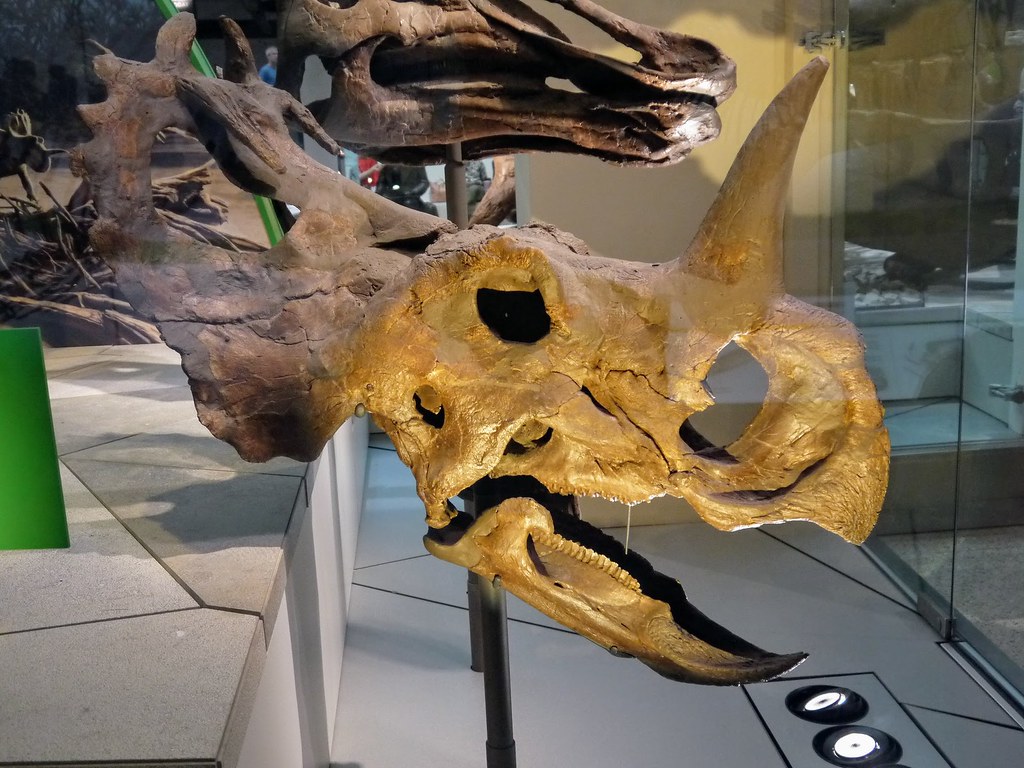
This dinosaur is just the latest in a series of new finds being made by Ryan and Evans as part of their Southern Alberta Dinosaur Project, which is designed to fill in gaps in our knowledge of Late Cretaceous dinosaurs and study their evolution. This project focuses on the paleontology of some of the oldest dinosaur-bearing rocks in Alberta, which is less intensely studied than that of the famous badlands of Dinosaur Provincial Park and Drumheller.
The discovery drives home the importance of having access to scientific collections, as the collections are an untapped source of new material for study, and offer the potential for many new discoveries. The story of Xenoceratops reminds us that sometimes the most important discoveries are hiding in plain sight, waiting patiently in museum collections for curious scientists to take another look.
Conclusion
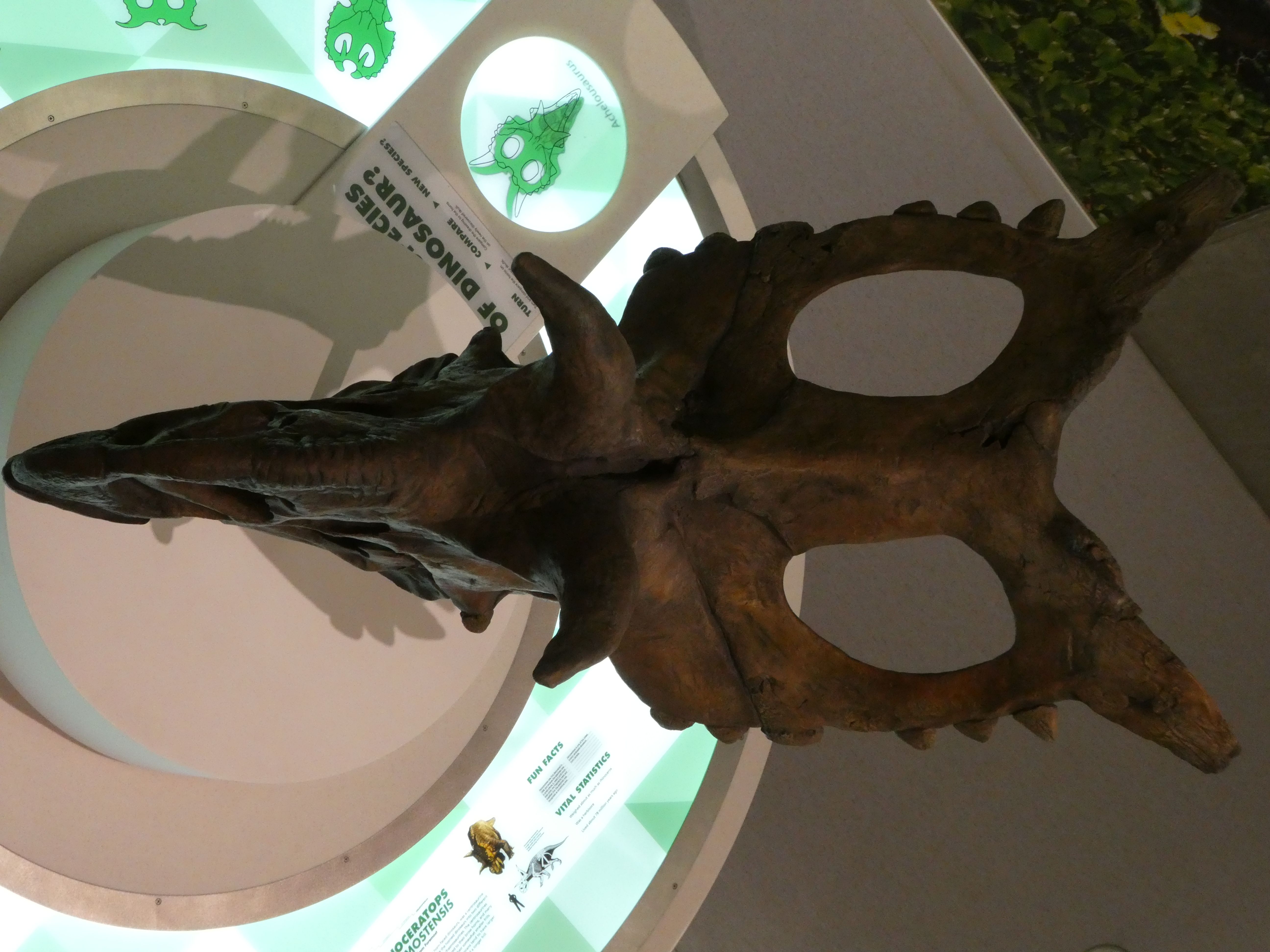
Xenoceratops foremostensis stands as a testament to the incredible diversity of life that once flourished in ancient Canada. This remarkable dinosaur not only holds the distinction of being the country’s oldest known horned dinosaur but also provides crucial insights into the early evolution of one of the most recognizable dinosaur families. From its alien-like horn arrangement to its massive two-ton frame, Xenoceratops continues to captivate scientists and dinosaur enthusiasts alike.
The discovery reminds us that paleontology is far from complete, with countless secrets still buried in museum collections and rock formations around the world. As researchers continue to explore formations like the Foremost, who knows what other prehistoric giants are waiting to be discovered? What other ancient mysteries might be sitting in storage, just waiting for the right scientist to recognize their significance?


